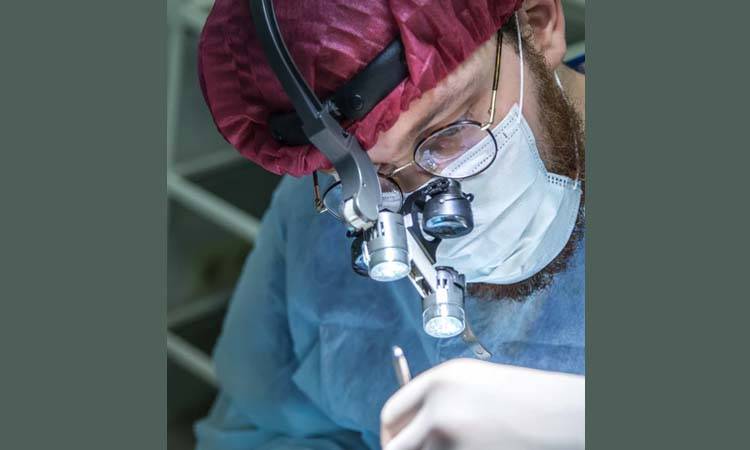
Dental loupes are optical magnifying devices used to view the fine details of the oral cavity, especially for the root canal system, with more magnification power than the human eye. Now the usage of dental loupes is becoming a trend among dental practitioners as well as among undergraduates.
Dentistry has remarkably evolved over the past century. The innovative advancements in the field have played an important role in the clinical sphere of the profession. It has profoundly improved the outcome of the procedures. Furthermore, these advancements have immensely added up to the practitioners and patients' ease and comfort, respectively. Magnification in the form of loupes and microscope is one such advancement.
I vividly recall seeing one of our teachers wearing magnification dental loupes in the Department of Operative Dentistry. As a fresh graduate, I had this thought that the person must be performing some difficult case of Endodontics. I held this naïve opinion till the time I entered residency and clinical life. I started using magnification loupes for the regular Endodontic and Restorative Dentistry cases. This was not just for the sake of enhanced magnification but also for better ergonomics. I was gripped by both surprise and regret. Also, the surprise of how much I had missed while not practising with this technology. There was also a regret of having performed the procedures with the lack of magnification. I realised the outcomes of which could have been possibly better when performed under magnification.
The benefits and more of dental loupes:
The advantages and applications of various forms of magnification in Dentistry are innumerable. Few of them are,
- Minimally invasive surgical procedures are owing to the high powered magnification devices in combination with the endoscopes.
- Detection of the preliminary path of insertion of the prosthesis. This, when performed with axial illumination, reduces long term periodontal or structural damage to the abutment teeth.
- Improved cosmetic outcome due to enhanced resolution and magnification of the morphology of teeth and restorations.
- Improved outcome of chronic cases such as tooth preparation for crowns and bridges.
- Ease in various Endodontic scenarios. This includes detecting canal orifices, pulp stones, cracks, visualisation of deeper levels of pulp canals. It also helps in the retrieval of separated instruments from the pulp canal, apexification etc.
- Improved documentation in the form of videos, digital images.
What You Should Know Before Deciding the Level and Type of Magnification for Yourself:
- After hours of working with magnification, the eye muscles become accustomed to contracting to a specific level, and they must relax again to regain normal function. Therefore, experts advise that practitioners must consider not wearing them for all the procedures (or for all time).
- The level of magnification depends on various factors, such as the height of the practitioner and the type of procedure. The taller the practitioner, they should select the higher magnification as the practitioner's head is farther away from the operating site.
- The higher the magnification can produce greater detail and hence, the small viewing field.
- The distance between the operator’s eyes and the operating site (the focal distance) influences the posture significantly. Hence, the dentist should match the focal length of the loupes to your preferred operating distance. If the focal length is too short or too long, the clinician will experience uncomfortable posture while working, leading to muscle pain.
- The dentist must alter the adjustable parameters such as the inter-pupillary distance, convergence angle, and declination angles to avoid eye and head fatigue.
The declination angle of loupes is the angle between the reference line that connects the top of the ears (where the frame armrests) to the corner of the eyes and the optical axis of loupe oculars. Experts advise that the declination angle of loupes should be equal to the downward rotation angle of the eyes. It helps to see a target at the Operating Hand Position. Too extreme of a downward declination angle can cause eye strain. On the other hand, small angles force the operator to assume incorrect postures.
The weight of the loupes is an important factor to be considered when choosing a new loupe, especially if the loupes are to be used for longer periods.
Conclusion
Magnification is a valuable asset and determines high accuracy in clinical practice, for the hands can not treat what the eyes do not see!

Dr Sumaiya Hasan
The author is contributing writer at Dental News Pakistan and can be reached at sumaiya.hasan3@gmail.com

